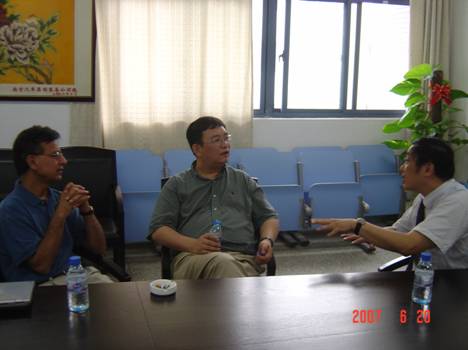
报告内容摘要:
Tank trucks are special vehicles being used to transport liquids or gasses such as oil or compressed chlorine, which are usually flammable and poisonous. So the driving safety of the tank trucks is more critical than that of other vehicles due to the dangerous cargos they carried. However, because of the extra-length of truck body and the dynamic load shift owning to liquid slosh, the lateral stability of tank trucks is not satisfying especially when the tank is partial filled, and the single-vehicle rollover accidents of tank trucks happen at a higher frequency than the other forms of accident. Fortunately, researches and improvements to the structures of vehicle as well as tank have been done by some scholars and research centers through experiments and simulations.
The main content of this report includes the following: tank trucks safety issues, contributory factors, slosh forces and moments, tank design issues, slosh frequencies, role of baffles and dynamic stability limits. The reporter will introduce his latest research work and results in detail on the optimization design of tank cross-section and baffles. First, two conventional types of tank, with circle and modified oval cross-section respectively, are compared and analyzed. Secondly, a new optimal tank design combining the merits of above two types of tank is proposed, which achieves lower CG height and reduced dynamic load shift. Thirdly, a series of experiments with different fill conditions and lateral decelerations of tank are performed to compare the optimal design with others and verify that the optimal design tank gains the largest increase in rollover threshold acceleration. Fourthly, on the base of the optimal tank, influences of transient fluid slosh forces and moments to trucks driving stability are studied and four types of baffles are used to suppress peak lateral force, moment and oscillations. Other results such as baffles significantly suppressing the oscillations in M.M.I and slosh frequency increasing in presence of baffles are also obtained in the experiment of baffled tank. Finally, conclusions are drawn about the recent research work and further efforts are proposed.
Subhash RAKHEJA教授简介:
RAKHEJA教授,机械工程博士,在加拿大康考迪亚(Concordia)大学长期从事机械振动工程和车辆工程等领域的教学和科研工作,已培养出了17名博士和38名硕士,并于2005年获该校最高科学研究奖。Dr. RAKHEJA现任该校高级车辆工程研究中心(CONCAVE)主任,加拿大机械工程协会Fellow,美国机械工程协会(ASME) Fellow。在国际机械工程领域具有广泛的学术影响,科研基金和工业合同项目经费达1000多万加元,于1996年起参加编写了2项关于人类手臂和身体生物动力学特性的国际标准化文件(ISO),已在国际学术刊物上发表学术论文130多篇,国际学术会议论文120多篇。现任Int. J. of Vehicle Design, Ser. B., Heavy Vehicle Systems编委(1995年至今)、Int. J. of Automobile Engineering, Inst. of Mechanical Engineers (UK) 编委(2001年至今)、Int. J. of Industrial Ergonomics编委(2005年至今),等,并在20多次国际会议上担任了主席和分会主席等职务。

